
Six candidates are vying for three Madison School Board seats in the upcoming April 2 election (get ready to vote at myvote.wi.gov). The Northside Planning Council asked candidates Kaleem Caire and Cris Carusi (Seat 3), David Blaska and Ali Muldrow (Seat 4), and Ananda Mirelli and TJ Mertz (Seat 5) four questions about topics like community schools, charter schools and police officers in schools. These have been common themes throughout the primary and general election, as residents grapple with how to address the historic challenges facing the district.
Their responses are listed below, alphabetically and grouped by seat.
Question 1: Racism in MMSD
As a school board member, what policies would you support to eradicate racism from the school district?
Question 2: police in schools
Are you in support of the school district’s contract with the Madison Police Department or would you propose alternative models for enhancing student safety?
Question 3: community schools
The Northside has two community schools, one at Mendota Elementary and one at Lake View Elementary. Do you support additional funding to expand this model to other schools? What do you see as some of the challenges and benefits of this model?
Question 4: Charter Schools
Would you support bringing the Isthmus Montessori Academy and One City into MMSD as opposed to the UW Charter Authority?
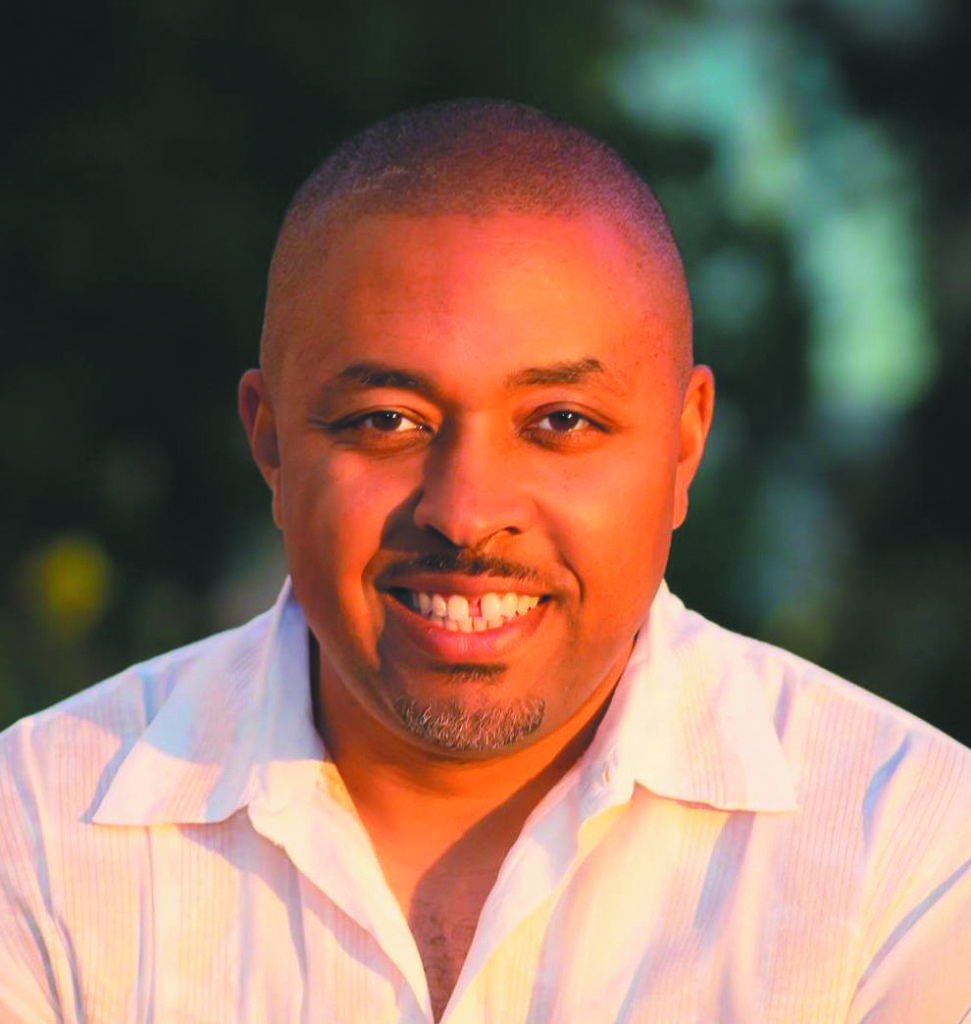
Kaleem Caire
Seat 3
Question 1: Racism in MMSD
Eradicating racism is not something I think we will be able to accomplish in my lifetime. Since time began, people have created reasons to dislike each other. That said, I do believe we can significantly reduce racial bias, bigotry, prejudice and racism in our school system by offering internal and external learning opportunities for our staff (and Board members) that are both required and voluntary. For example, I would like to see the YWCA provide specialized training for MMSD educators and administrators on subjects related to identifying and managing microaggressions, bias, racism and bigotry in the workplace, among our children, families and staff. I would also like to see our staff and board members complete educational programs like the African American history course Justified Anger is currently offering to community members in Madison. More than 300 people have completed this program and everyone I know that has taken the course has found it very valuable.
I would also like to see us return to teaching Civics in our schools and offering more meaningful courses and learning opportunities that cover our nation’s diverse history, people and cultures. One of the best ways to combat racism is to educate young people about the history and consequences of racism in our nation, and to have them consider ways they can help eliminate racism in their lives going forward.
Question: Police in Schools
I think it is problematic when children and adults feel there needs to be police officers in a school building serving children to feel safe, especially if there is no emanate threat to their safety. However, there are many children and families who do not feel a strong enough measure of safety without officers being in our schools. That said, there are schools across America, in communities with much greater levels of violence within and outside school buildings, but they do not have armed police officers on site or on staff.
I believe we must work on a values-centered plan to build a stronger and more welcoming and inspirational school culture in each of our schools. These plans should include how we discipline students, staff and volunteers who violate school rules and policies, but should significantly promote ways we build, promote and maintain positive discipline and a healthy culture among our school communities.
As a school board member, I will support SROs on a time-limited basis until we gain momentum towards establishing a positive and healthy culture in our schools. When that occurs, I believe the SRO program that places officers inside our school buildings should be phased out. To the contrary, I do support police officers maintaining a presence in neighborhoods near our schools.
Question 3: Community Schools
Yes, I support the Community Schools programs at Mendota and Lake View Elementary Schools. Their goals are important — to provide effective wrap-around support services to children and families attending these schools. Both of these programs are still too new to make a strong case of support for or against their quality and success. However, I believe they have done a good job of coordinating services for children and families thus far, among the organizations they collaborate with. At the same time, there needs to be more work done to get families more deeply engaged in the programs and services offered at the school, and more engaged in their children’s regular education program as well.
I would provide more resources to these programs but would require that independent program evaluations (and internal fiscal evaluations) of their efficacy and implementation be done annually so the Board of Education and District Administration has solid information on which to base our decision-making about resource allocation for our Community Schools (and other initiatives).
Question 4: Charter Schools
Charter schools are “public schools” that were first created with the support of Democrats and Republicans in Minnesota (and elsewhere) to be laboratories of innovation in K-12 education, where what was learned from the most effective education models and policies would be brought into traditional public-school systems to seed and create needed change. Charters enjoyed the early support of national leaders such as Albert Shanker of the American Federation of Teachers, who believed they could provide teachers with an extraordinary opportunity to seed innovation for kids.
However, charter schools are not a part of my platform for the Madison Metropolitan School District. MMSD should be able to innovate within its current schools without having to solely rely on others to do this innovation for them. We have a great opportunity to create the next generation of world class schools in MMSD. The creation of new schools will also create opportunities to deeply engage our educators, families and broader community in the development of these schools.
Yes, I would support Isthmus Montessori Academy and One City coming under MMSD’s school board, but as independently operating charter schools as they are now, unless these schools chose to give up their independence. In fact, the UW System, in chartering One City, communicated that they expect us to work with MMSD to serve as our charter authorizer after our five-year contract comes to end. That said, MMSD needs to significantly improve how it supports its current charter schools, and must become much better charter authorizers.
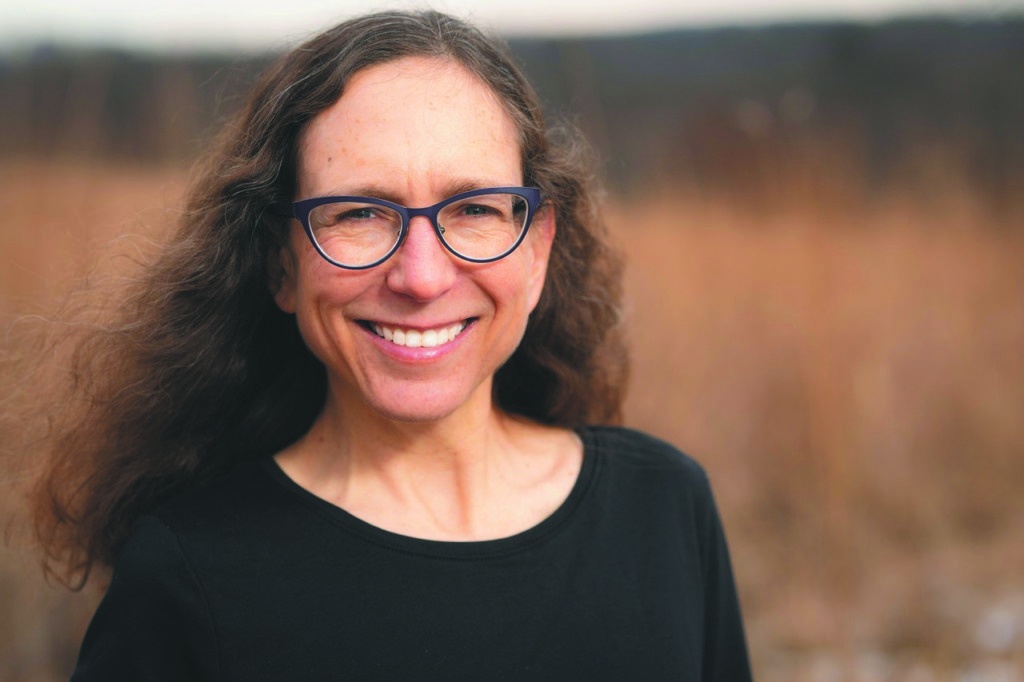
Cris Carusi
Seat 3
Question 1: Racism in MMSD
Eliminating racism requires dismantling the systems and structures that perpetuate it. We must stop labeling black and brown students as failing. Instead, we need to acknowledge that we have failed many of our public schools and students, and invest in their success. I support evidence-based strategies to foster justice and equity in our public schools: small class sizes, more teachers of color, early childhood education, restorative justice, culturally relevant teaching and retaining experienced staff. We must also address school climate and adequately staff schools to address students’ academic, social and emotional needs. Parents, staff, students and community members must have a strong voice in decisions about their schools.
Nearly two decades of educational reforms under No Child Left Behind and the Every Student Succeeds Act have resulted in a narrow focus on standardized test results as a measure of achievement. These reform efforts have reduced investment in public urban schools and diverted funds to privatized voucher and charter schools. We are heavily dependent on test data to measure gaps and monitor progress, yet this data provides a limited understanding of students’ learning and does not take into account the complexity of their lives. As a school board member, I would encourage critical examination of how institutional racism and school reform perpetuate achievement and opportunity gaps, and advocate for a more balanced approach to evaluation and accountability.
Question 2: Police in Schools
The placement of Educational Resource Officers in MMSD’s four comprehensive high schools has been a lightning rod issue in the past year. Our history and the current reality of police violence toward youth of color shapes the way students and families can see police presence. We must acknowledge this reality.
Police should not replace the work of school social workers and counselors. They should not compensate for the understaffing of our schools, or the district’s failure to involve adults in the community in mentoring youth. We must not criminalize our youth or make our schools feel like prisons.
As a district, our first priorities should be to address adequate school staffing and community involvement, and successful implementation of alternative models like restorative justice. Once these issues have been addressed, we may be in a position to plan for the removal of police from our high schools. If we remove police without confronting these issues, I am concerned there will be unintended consequences such as more calls to officers who are not trained to work with youth. For these reasons, for now I support the new contract with MPD, which was written with significant input from community representatives on the MMSD ERO Ad Hoc Committee.
Question 3: Community Schools
Community schools support educational equity by giving the community a place to access services, events and learning. I support expanding and furthering this program in a way that gives families and the community a greater voice in school decisions.
Community schools have improved student outcomes in urban districts like Cincinnati. The primary benefit of this model is that it not only focuses on educating and caring for the whole child, it also improves their lives by investing in their families and the communities where they live. However, there have been challenges implementing this model in MMSD. For community schools to truly make a difference, families and students — especially those from underrepresented communities — need opportunities for leadership and voice in decisions about their schools. Providing wraparound services like health and dental checkups in community schools can’t substitute for having enough school psychologists, social workers, nurses and special education staff to meet the needs of students. Implementing the community schools model across school feeder patterns could provide essential stability for students through middle and high school, and bridge current gaps in understanding between district administration and the community.
Question 4: Charter Schools
Charter schools have been promoted as a way to address unmet needs of underserved students and bring innovation to schooling. While these schools may serve some students well, they take resources away from the great majority of students who remain in local, public schools. Nationally, only one out of four charter schools outperforms public schools. I would not support bringing Isthmus Montessori and One City into MMSD as instrumentality charter schools without evidence that they would serve all students, including students of color, economically disadvantaged students, students with disabilities and English Language Learners.
Isthmus Montessori’s enrollment includes 7.5% students with disabilities, 0.9% English Language Learners, 19.2% economically disadvantaged students, and 13.6% students of color. MMSD enrollment is quite different: 14.5% students with disabilities, 19.9% English Language Learners, 48.2% economically disadvantaged students and 57.8% students of color. When the school board reviewed Isthmus Montessori’s application to operate as a district charter school, serious questions were raised about their capacity to serve students with disabilities and English language learners. Based on this information, I wouldn’t support bringing Isthmus Montessori into MMSD.
One City’s enrollment is racially diverse, and the percentage of economically disadvantaged students is similar to MMSD. However, only one student with disabilities is enrolled at this school, and only two students are English language learners. I would not support moving this school into MMSD without evidence that it has the capacity to serve more of these students.
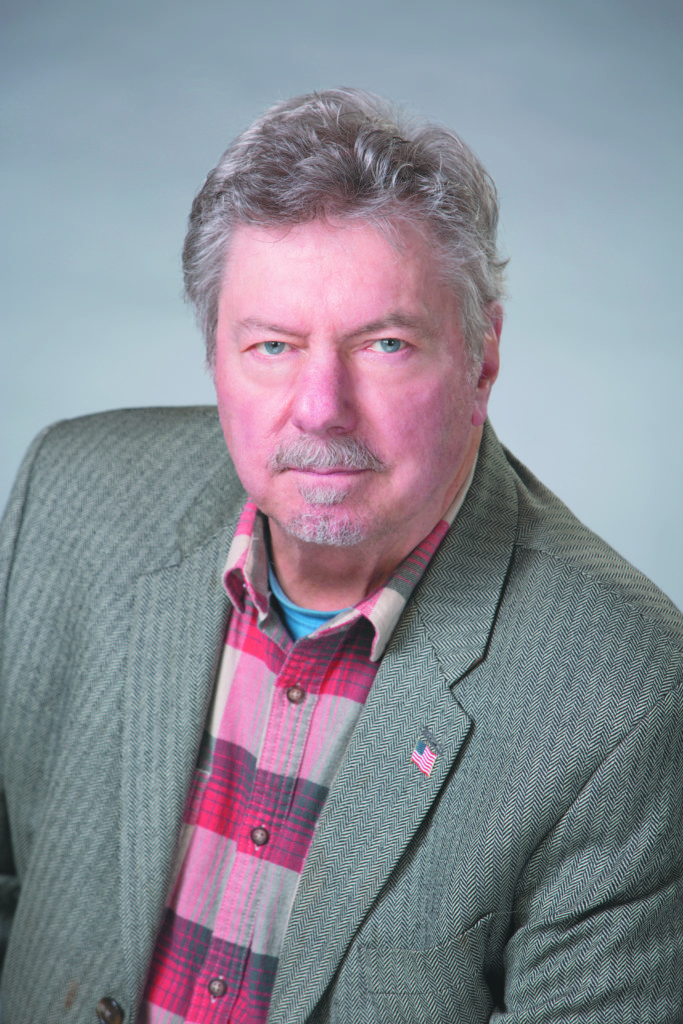
David Blaska
Seat 4
Question 1: Racism in MMSD
I would eliminate all record-keeping based on race. How did we go from valuing and challenging the individual to classifying our students by the superficial taxonomy of skin color? Is Elizabeth Warren a Native American or an Eskimo? Who cares? Rachel Dolezal can identify as whatever she wants. Madison schools have succumbed to identity politics and worships at the altar of victimhood.
I don’t want to hear race, poverty, bad home life or any other excuses. If you have to work a little harder to overcome your adversities, then that is what you have to do. We will help you. Madison schools have a cure for poverty. It is called EDUCATION.
We have counsellors, nurses, special ed aides, Pathways to Progress, athletics, competitive sports, clubs, nurses, wholesome food and people who love you. Who love you too much to see you fail.
Question 2: Police in Schools
Brandi Grayson of Young, Gifted and Black proposes the school district “Hire parents and community members instead of police to direct our children.”
We have to pay parents to “direct our children?” Why aren’t they doing that already? Can we fire them if they’re not doing the job? Three of the Madison Police Department’s school resource officers are African-American males; the fourth is an Hispanic female. Great role models!
Short answer: I would add school resource officers to our middle schools as well as our high schools.
Question 3: Community Schools
Possibly. Which is why I say Madison schools deserve more credit for reaching out into all communities with health and human services for students and their families. Now for the question you did not ask. We must ensure our classrooms are free from chaos so that ALL students can thrive. Discipline is the first lesson of life. It is the basis of learning a subject, mastering a craft, finishing a job, succeeding in life. No excuses. We must reject the victim mentality. Victims are powerless. Victors make their own lives.
Safer schools = a Safer Community.
Question 4: Charter Schools
The Madison Metropolitan School District had every opportunity to approve those two schools as district charters but refused to do so. MMSD’s hostility toward charter schools dates back almost a decade to their shunning of Kaleem Caire’s Madison Preparatory Academy. Instead of one thousand points of light, MMSD believes in only one or two points of light, barely flickering. Result: we are still talking about the racial achievement gap.
I don’t care who provides education, so long as parents and their children have access to it.
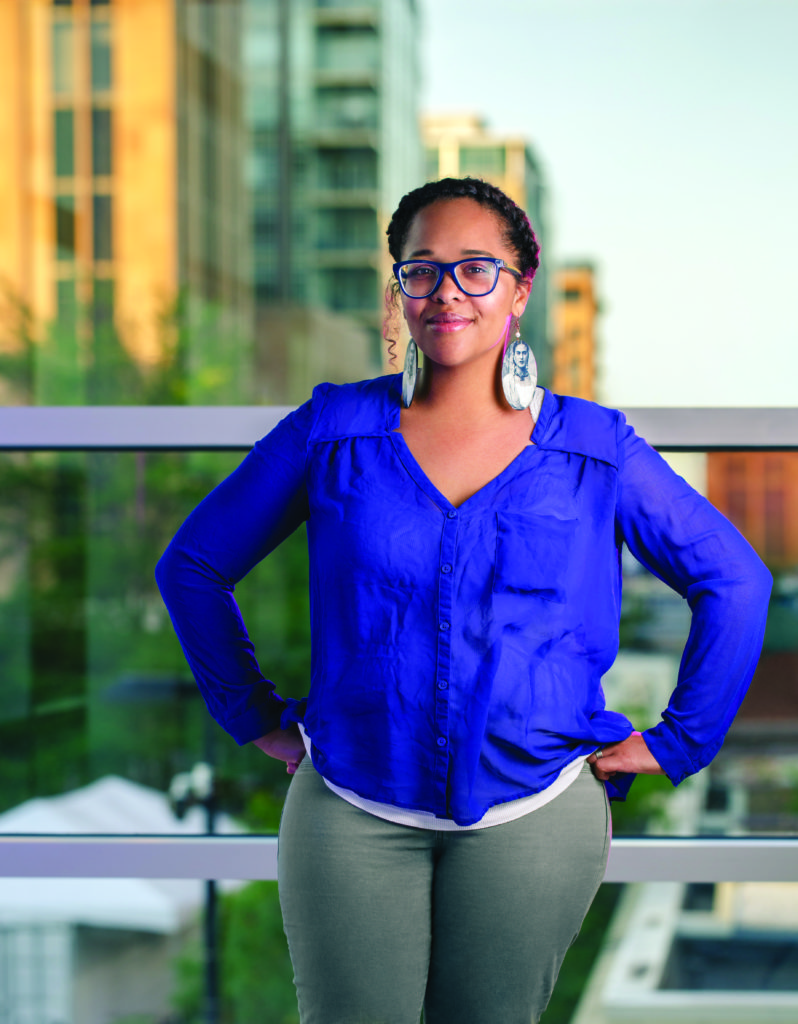
Ali Muldrow
Seat 4
Question 1: Racism in MMSD
The word racism describes a complex network of societal structures in which all of us participate. In order to combat the pernicious nature of these forces, my objective will be to introduce, support, and strengthen policies that will bring our district to the forefront of inclusion. We cannot be content with merely improving from our position of having some of the country’s worst racial disparities, we must embrace the heroic undertaking of becoming leaders. We must create environments in which all students feel safe, welcome and inspired to learn; we must develop, recruit, and retain excellent teachers and leaders of color; and we must expand our curricular and instructional models so that our students have robust opportunities to see themselves and each other for the brilliant learners they are.
Question 2: Police in Schools
The important work regarding the SROs is to make thoughtful decisions about what services we are procuring, what outcomes we expect, and how we measure success. I have taught MMSD students inside the Dane County Jail. It was not uncommon for my classes there to be made up entirely of Black students. I am uniquely aware of the effects of the school-to-prison pipeline and how that primarily affects our students of color in MMSD. However, as I would not rest responsibility for our district’s achievement gap entirely on the backs of educators, I do not rest responsibility for justice-involvement disparities in our schools solely on the backs of our ERO’s. As one of the executive directors for Wisconsin GSAFE, I can unequivocally state that the greatest risks to student safety are addressed only when we use all of our all tools appropriately: SROs, security, restorative justice, mindfulness practices and creating cultures of consent.
Question 3: Community Schools
I support the existing community schools and support increased funding to expand the model. Schools are the heart of our community and our schools can only be improved by expanding the portfolio of resources provided to children and their families. Children are in a constant state of learning; it doesn’t stop daily at 3 pm. By supporting family and community, we support whole-child learning. As we grow this model, we will best serve our students and families by welcoming them as partners in planning and implementation.
Question 4: Charter Schools
Of course. Schools serving students that reside in Madison should be under the purview of MMSD; they should benefit from MMSD strengths and expertise and they should be subject to MMSD oversight. Educational innovation is absolutely the future we owe the students in our community, but that innovation should be from within MMSD so all schools and students have the greatest likelihood of success and can benefit from sharing best practices.
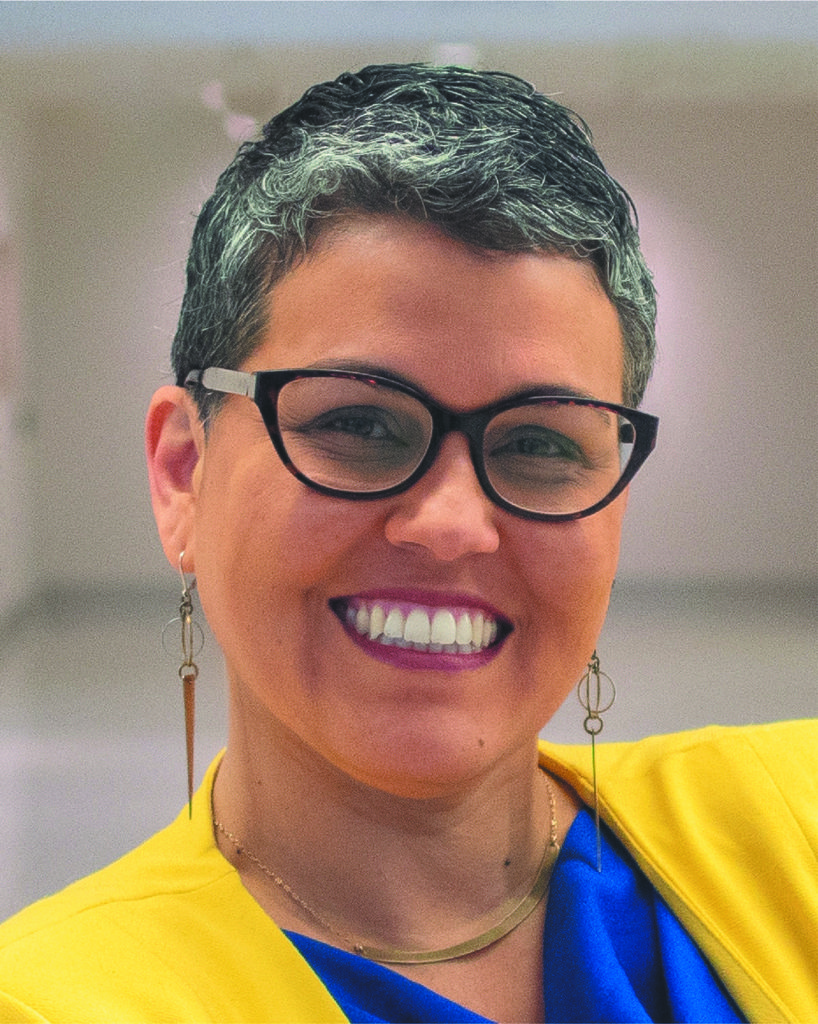
Ananda Mirelli
Seat 5
Question 1: Racism in MMSD
The role of the Board of Education is to create a vision for the district, set priorities and model to the staff, students and families the direction for our schools. For too long, that vision perpetuated the status quo. It is time to invest in practices and policies that increase equitable access to educational opportunities.
As a school board member, I will continue my commitment to raising awareness of issues relating to racism and then taking action to address the structural issues that foster systems of inequity. My recommendations are the following:
- Create authentic partnerships among parents, guardians, families, teachers, school staff, administrators and board members that lead to success in schools.
- Leverage strategic partnerships, including local government, to address opportunity barriers within neighborhoods.
- Increase and promote civic engagement of families and youth through advocacy and public education.
- Ensure that staff are equipped with the knowledge and skills to address issues of systemic racism.
- Support the creation of an educational culture that values and leverages the assets that all students possess, including students of color, by promoting curriculum that honors the contributions of indigenous nations, LGBTQ individuals, immigrants and communities of color and interrupts deficit thinking.
- Terminate exclusionary practices that disparately impact students of color, LGBTQ students, students receiving special education services, English learners and students qualified for free and reduced lunch.
- Increase transparency and outreach to communities of color before and during decision making process.
- Solidify community building and violence prevention by investing in community partnerships and healthy communities.
Question 2: Police in Schools
I do think there is a place for law enforcement in our community. .However, I do not expect the police to do the job of our teachers, counselors and social workers. I do plan to work with law enforcement to keep our children and campus community safe from active shooter and guns.
I am in support of schools being a place of learning where every student feels a greater sense of belonging. The most effective and sustainable strategy for enhancing school safety is investing in adults building relationships with students, and investing in mental health and counseling supports. I advocate for healthy, safe schools for students, teachers and families. As a former Restorative Justice Director, it is my priority to make sure our schools are healthy communities where students and adults feel a sense of belonging.
Full-time officers in our schools may cause unintended consequences, particularly to our students of color and undocumented students, who feel the threat of over-policing of their neighborhood or fear of ICE. For those reasons, I support reducing (non-armed) youth contact with law-enforcement while increasing contact with our student service support. Once elected, I will continue to work with law-enforcement to keep our schools and community safe.
Question 3: Community Schools
Community schools are a great example of a collaborative approach to addressing systemic inequities. This model fosters integrated student and family support by providing wrap-around services to meet the basic needs of students and families; increases learning opportunities for the entire community; increases and inspires engagement by building a supportive community; and promotes a collaborative leadership and practice.
While there are challenges with any new model, it is clear to me that the benefits far outweigh any potential challenges of the community school model, and we should use this model to explore new ways to increase access to opportunities for students and their families.
I will continue to support the expansion of this model to other schools in the district. In addition, I would like to explore how community schools could be used as testing grounds for a wider partnership with the city and the county around housing stabilization and transportation efforts. This work could address the challenges of students with high mobility in the district.
Question 4: Charter Schools
I am not in favor of expansion of public charter schools. However, they have played a key role in our district, i.e., Nuestro Mundo Community School, Wright Middle School (currently a magnet school) and Badger Rock Middle School. My daughter is an alum of Nuestro Mundo Community School, a school created to increase accessibility to learning environments for students for whom English is a second language, as well as for native English speakers who are now becoming fully bilingual.
As a board member I will focus on making our schools better for all of our students, specifically the ones historically underserved by our district.
However, in the event that Isthmus Montessori and/or One City become interested in becoming an MMSD public charter school, I will make sure to work with our community leaders, parents and school staff to evaluate the positive and negative impacts that would cause in the district. It is possible to offer creative strategies to address the different needs of different students while still valuing and honoring the outstanding and challenging work of public school employees. We can care about students and teachers simultaneously. In fact, the very nature of public education requires that we do.

TJ Mertz (incumbent)
Seat 5
Question 1: Racism in MMSD
Moving the district from words to action has been frustrating. In 2007 the Equity Task Force, of which I was a member, called for the district to “recognize and eliminate inequitable policies and practices within MMSD.” These included policies and practices that created, continued or increased racial inequalities in access, experiences or achievement. The current, 2017 Equity Policy calls for use of an Equity Tool to accomplish this; at my insistence this tool must be approved by the Board. The tool and how it is used matter. Board approval creates opportunities for the community to participate in, and help with the district’s efforts. This has not happened. Since that policy was passed there has been inconsistent internal use of an inadequate Equity Tool developed by the administration (in work on the budget, the Behavior Education Plan, the Advanced Learner Plan, Special Education staffing, there has been no formal, public use of the draft tool); and no Board consideration or approval. I will continue to work for meaningful, transparent, public processes in the adoption and use of an Equity Tool. Another important part is relationships. In Board processes, family engagement, professional development, curriculum, teaching, grouping practices, extracurricular activities and more; we need to do better creating opportunities to respectfully express and explore racial and other differences, while seeking common ground to create understanding and community. In all of this, our actions must give life to our words; we must walk the walk, as well as talk the talk.
Question 2: Police in Schools
I was one of two board members who pushed for discussion and changes to our ERO contract; and to convene a public, working committee to consider further changes, and the broader questions. I was a member of that committee. I am pleased that the recommendations of that committee have served as the basis for contract negotiations with the city, and have informed changes to district policies and practices. The committee recommended many positive changes, including more public accountability, a complaint procedure, training requirements, and greater access to restorative justice alternatives; but did not recommend ending the ERO program. I agree with those recommendations. The primary reason being that past experience and recent changes to state laws — which require our staff to report threats to safety (under penalty of fines if they do not) — make it all but certain that police will often be in our high schools. The best way to protect our students from undue criminalization is to define their roles to exclude enforcing school rules, have some of those officers be familiar with our schools, students and staff, trained according the recommendations of the committee, subject to district oversight, and bound by a contract.
I don’t see the ERO/SRO program and “alternative models for enhancing student safety” as an either/or, but a both. The ongoing work on the Behavior Education Plan, as well as that in response to recent school safety legislation include a wide variety of actions related to the physical, and emotional safety of students.
Question 3: Community Schools
The concept of community schools, bringing services and partnerships to a school, with shared decision-making in priorities and actions has great potential. The experience in Madison thus far has been mixed. Mendota has made some encouraging progress, but after much time and money devoted to planning and start-up, Leopold paused last year, and essentially restarted this year. It is too early to tell with Hawthorne and Lake View. Because of difficulties securing working “anchor partners,” the model shifted to relying on a generous grants from the Madison Community Foundation. This created a different dynamic, and issues about sustainable funding. Schools have also struggled with staffing, diverse participation, setting priorities and limits on shared decision-making. I have had concerns about focusing on designated “Community Schools” rather than a more organic approach of growing the existing “Community School-like” activities in all our schools. I think we should continue to support and monitor the current Community Schools, but be careful about expanding.
Question 4: Charter Schools
Adding charter schools is not on my agenda. Board members have an obligation to consider every charter proposal on its merits, so it is impossible to say for sure whether I would be in support until there are proposals before the Board. With Isthmus Montessori, I voted against an MMSD Charter on multiple occasions. Based on that process, a review of the limited documents the UW Charter Office has released (some only in response to my open records request to the UW System), and the demographics of the population the school is serving — 19.2% Economic Disadvantaged, 86.4% White, 0.9% English Language Learners, 7.5% Students with Disabilities, compared to 48.2%, 42.2%, 19.9%, and 14.5% for MMSD as a whole — I don’t think I would support MMSD chartering in the future. Because of more limited information (it appears another open records request may be necessary) and experience, it is more difficult to say with One City. In general, I believe the district should concentrate on our neighborhood schools, rather than expanding charter options.